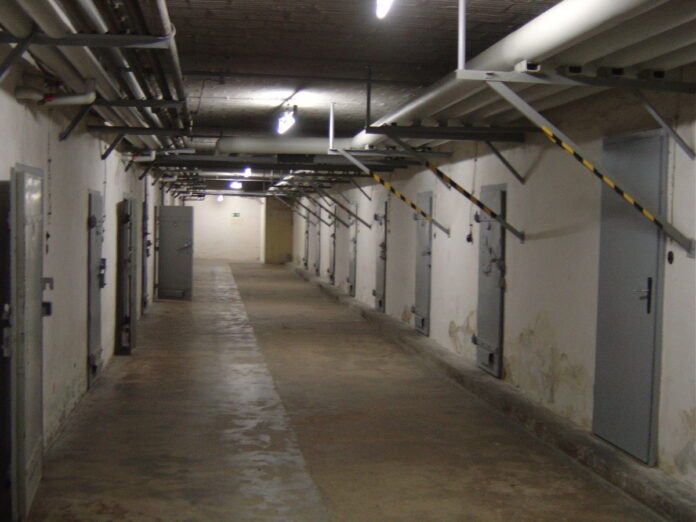Waterproofing your basement ensures that there is no moisture element that helps the mold grow. It protects your belongings and saves you a lot of money in the long run. If you would like to waterproof your basement, you should inspect the walls of the basement, fill the cracks, utilize hydraulic cement, and add a durable sealant.
Once you waterproof the basement, the sealant can reduce the level of humidity within the basement, and the products could prevent mold, decrease the risk of leaks, enhance the strength of the concrete and increase the value of the house. Let’s get into the steps to waterproof your basement in detail.
Inspecting the Basement and Cleaning the Walls of the Basement
You should thoroughly examine the walls of the basement, the floor, and the foundation of the home. While you evaluate the basement, you may find cracks, brittle concrete, or damaged materials, and typically, these materials could increase the risk of leaks. Subsequently, you may clean the walls, remove sediment and utilize an antibacterial sanitizer. Usually, these techniques could prevent mold, and once you clean the basement, you may substantially reduce the levels of mold spores within the basement.
Utilizing Hydraulic Cement and Preventing Leaks
While you are waterproofing your basement, you can use hydraulic cement that could seal the cracks. Once you apply the hydraulic cement, the product will begin to dry within 15 minutes. The product will fully dry within 24 hours, and usually, the hydraulic cement can eliminate minor leaks.
Examining the Exterior of the Home
You should remove the dirt that is located near the exterior of the home, and subsequently, you can inspect the foundation. You could seal cracks that may weaken the foundation of the house, increase the risk of leaks, and cause significant damage. Moreover, you should call a reputable company like ‘58 Foundations that could repair the foundation, and the experienced experts can inspect the foundation, examine the cause of each leak and provide a detailed estimate.
Adding a Durable Sealant
Many homeowners have utilized sealants that contain epoxy, and these sealants eliminate cracks, improve the durability of the wall and prevent damage. If an area receives a large amount of rainfall, the water could affect the surrounding soil, the foundation, and the concrete, yet the durable sealants can usually withstand the excessive moisture.
Monitoring the Basement
After you waterproof a basement, you should frequently examine the sealed cracks, the foundation, the walls of the basement, and the floor. If you detect a leak, you have to evaluate the cause of the leak, inspect the foundation and examine the durability of the sealant. You can quickly seal the crack, and when you add the sealant, the product stabilizes the damaged concrete.
Learning Additional Information and Receiving a Detailed Estimate
Once you inspect your basement, you can contact a well-known company that could waterproof your basement, and the experts will examine the concrete, evaluate multiple leaks, describe the benefits of the sealants, and create a custom solution. The specialists will indicate the costs of labor, the prices of the materials, and the necessary equipment. Moreover, the experts can answer your questions, describe the available discounts, examine your needs and offer affordable services.






















